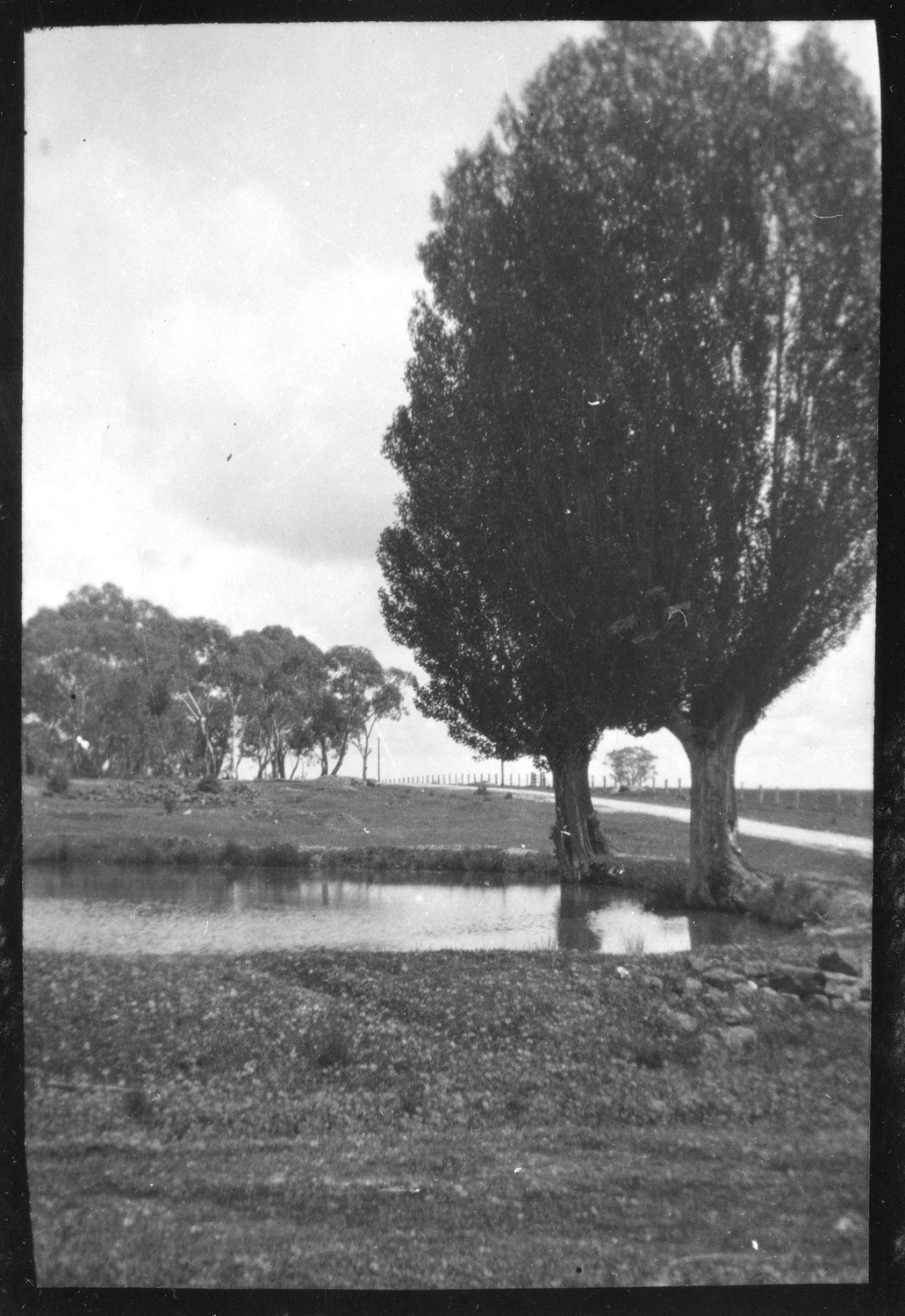Wilson on Bale
Photographic artist and Vaughan resident Felix Wilson reflects on the medium of photography in this appreciation of a photograph by W.M. Bale. Wilson noticed this landscape while working on the digitisation of a large number of photographs, drawings and documents in the CAM collection, as part of the Digitisation Roadshow, funded through Creative Victoria in 2020. Wilson's own exhibition of photographic installations, Electrical Ecologies, opens this week in the Sinclair Gallery.

William Mountier Bale is known to the CAM collection largely through the works of his only daughter, painter Alice Marian Ellen (AME) Bale. Her works, the subject of a book by long term CAM director Peter Perry, are accomplished representations of flowers, people, and landscapes, made at a time when her style had left the realm of fashionable taste. William Bale was a gifted natural historian and educator, a member of the Royal Society of Victoria, an expert in hydrioids¹ and along with his daughter, a keen photographer.
The Bale Albums are two collections of prints composed by Alice from photographs made by her and her father. Looking through an album of prints last year I recognised the place in the image immediately. Reading the notation Vaughan 1926 it was beyond doubt. Living in Vaughan, and walking past this place regularly I knew the angle of the poplar trees next to a now depleted little dam and the road behind at a familiar distance, which still curves gently out over the edges of the volcanic plain towards Guildford, almost 100 years later.
The photographs in the album are not especially technically or aesthetically accomplished, but photography has many powers and it is the recalling of a likeness, of a person or place, which has been photography’s most coveted and entangling ability. The strange fidelity of reflected light continues to confound us, offering metaphor without exactitude, a map to a territory that may or may not exist.
What the photograph offers us most readily is proof of time flowing past and here the knowledge that the lives of trees are often beyond our own short timeframes and horizons. The poplar is not especially long lived, though in a favourable position it has lived well beyond what might be expected and far beyond the span of mammals. The trees are likely Populus nigra 'Italica'², though poplar hybrids can be confusingly similar to the non-specialist. Several species are naturalised in Victoria; long-lived legacies of an on-going project of remaking this landscape in the memory of far-away places.

Forgetting uncomfortable stories is easy and if the landscape holds evidence, it cannot offer testimony. The conquest and mass extraction of gold from Central Victoria was recent history when Bale made the image; trees were returning slowly to the denuded places where the desperate search for instant wealth had turned places made easy by the Jaara people into sites of spoil where life was contingent and difficult.
Sometimes walking in this landscape the gap between the past and the present can feel delicate, in places worn, and easy to pass through without knowing. Despite the ravages of the gold rush, there are still quiet places along the river where time might have slowed and pooled memory into a remnant of the times before. Eddying from the main current, moments can seem to distend and swirl, opening outwards for the drift of thought.
What can the image from the long past offer us? The ability to know that at a particular place, another person stood with their attention fixed on this tree and pointed a camera at it. The impression of light, recorded from a moment giving an impression of two poplars against the sky. Making my own image last year, one poplar now fallen the other tall but faltering, I thought about how trees, like us, can grow into a place. How, as with us, the things around them are entangled in complex relationships as they both form and are formed by landscapes.
Felix Wilson
July 2021